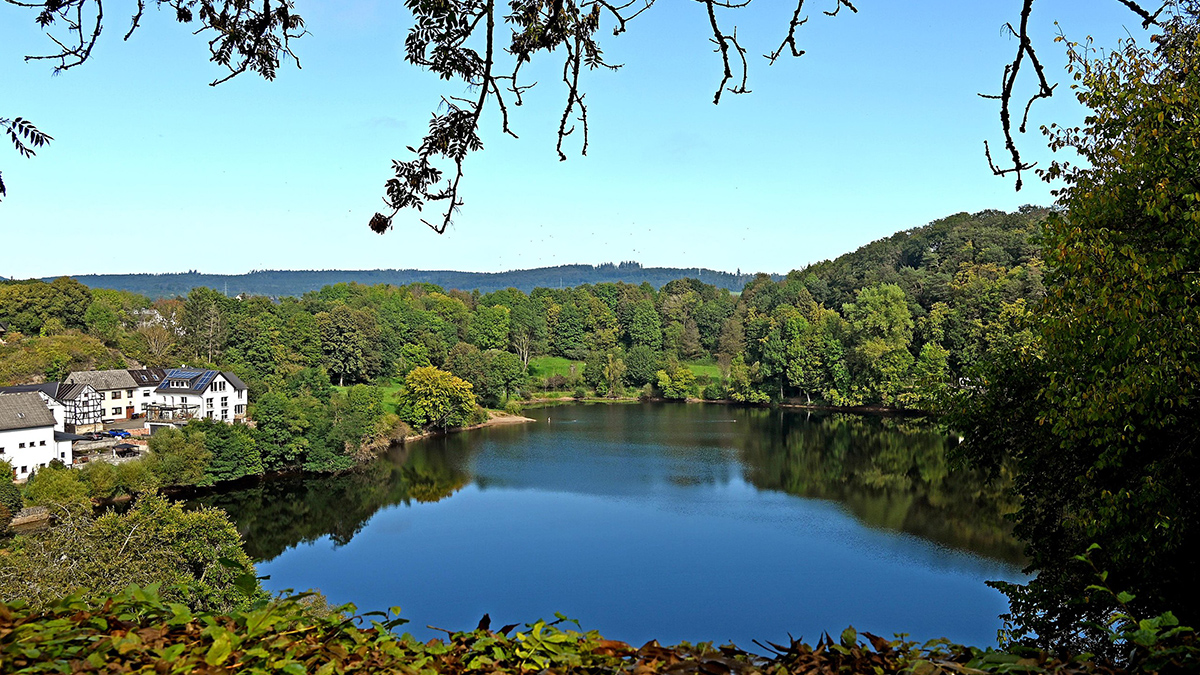Source: Geophysical Research Letters
Central Europe is typically not on most people’s radar when it comes to assessing volcanic risk. However, as recently as 11,000 years ago, volcanoes erupted in the Eifel Mountains of western Germany.
For now, the Eifel volcanic field lies dormant, but multiple lines of evidence have hinted that new eruptions could one day occur. Now, Eickhoff et al. have applied advanced seismic imaging techniques to peer into the crust beneath the region in unprecedented detail, highlighting multiple subsurface structures that appear to be pockets of magma and magmatic fluids from the upper mantle.
The new analysis actually revisits data collected in the Eifel region 35 years ago by specialized trucks that direct seismic signals into Earth’s crust and then detect reflected waves. Since then, techniques for processing seismic reflection data have advanced considerably, enabling today’s scientists to extract far more detailed images of subsurface features from existing datasets.
In addition to imaging previously detected subsurface structures in higher resolution, the team outlined features never seen before. These structures—detected at depths of 10–30 kilometers—are similar to sills, or flat sheets of igneous rock that form between existing crystalline host rock. The features’ characteristics suggest that they may be pockets of magmatic melt, fluids, or supercritical gas that rose into the crust from the upper mantle.
The presence of these potential magmatic patches raises the possibility that future eruptions could occur in the Eifel region, should the magma become buoyant enough to ascend to the surface. The researchers call for further study using state-of-the-art volcanic assessment techniques to better clarify the area’s volcanic hazards. (Geophysical Research Letters, https://doi.org/10.1029/2024GL111425, 2024)
—Sarah Stanley, Science Writer

